INTO Cambridge 2015
Common Threads; Different Patterns
A guest blog by David J Brown
What do magnificent English country estates, the intangible heritage of Uganda, Canadian lighthouses, Australian ranches, the historic centre of Shanghai, nature preserves in the Caribbean, Balinese traditional dance, Texas courthouses, and India’s Mehrangarh Fort in Jodhpur have in common? Hear about INTO Cambridge 2015.
These unique pieces of the world’s cultural heritage were elements of discussions earlier this month on how National Trusts save, protect, and celebrate special places.
Delegates from 70 countries representing National Trusts and similar organizations from around the world gathered in Cambridge, UK, for the 16th International Conference of National Trusts. The theme of the conference was “Common Threads; Different Patterns.” All countries represented shared the common thread of the National Trust model for heritage conservation. Yet it was clear—beginning with the opening remarks and continuing throughout a week of presentations, debates, and tours—that each country has its own unique approach to saving and protecting historic and natural landmarks.
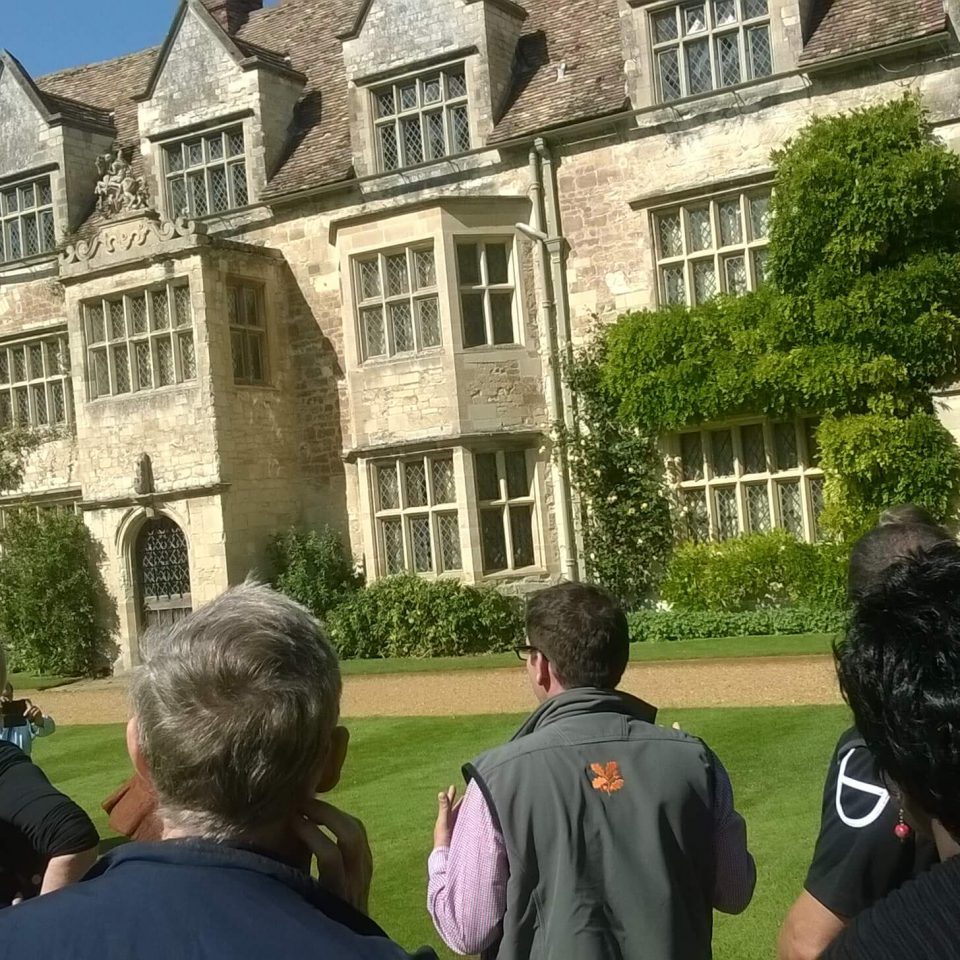
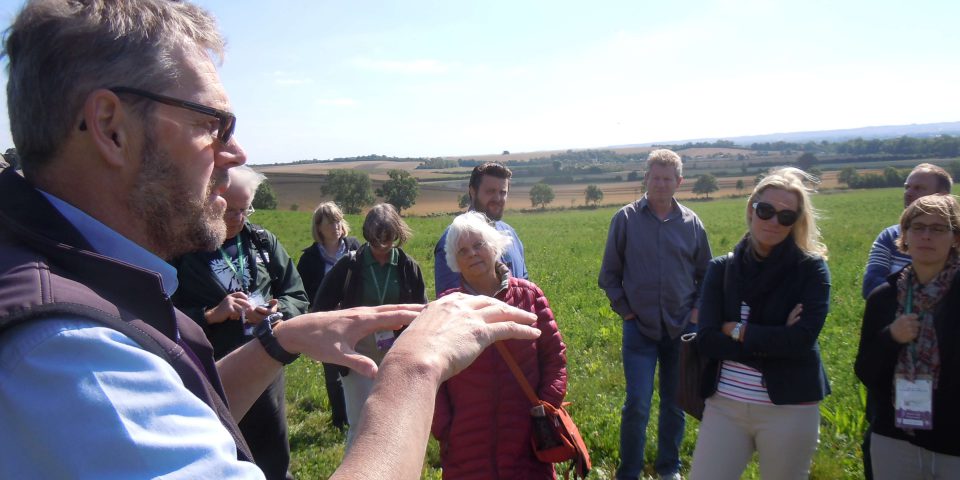
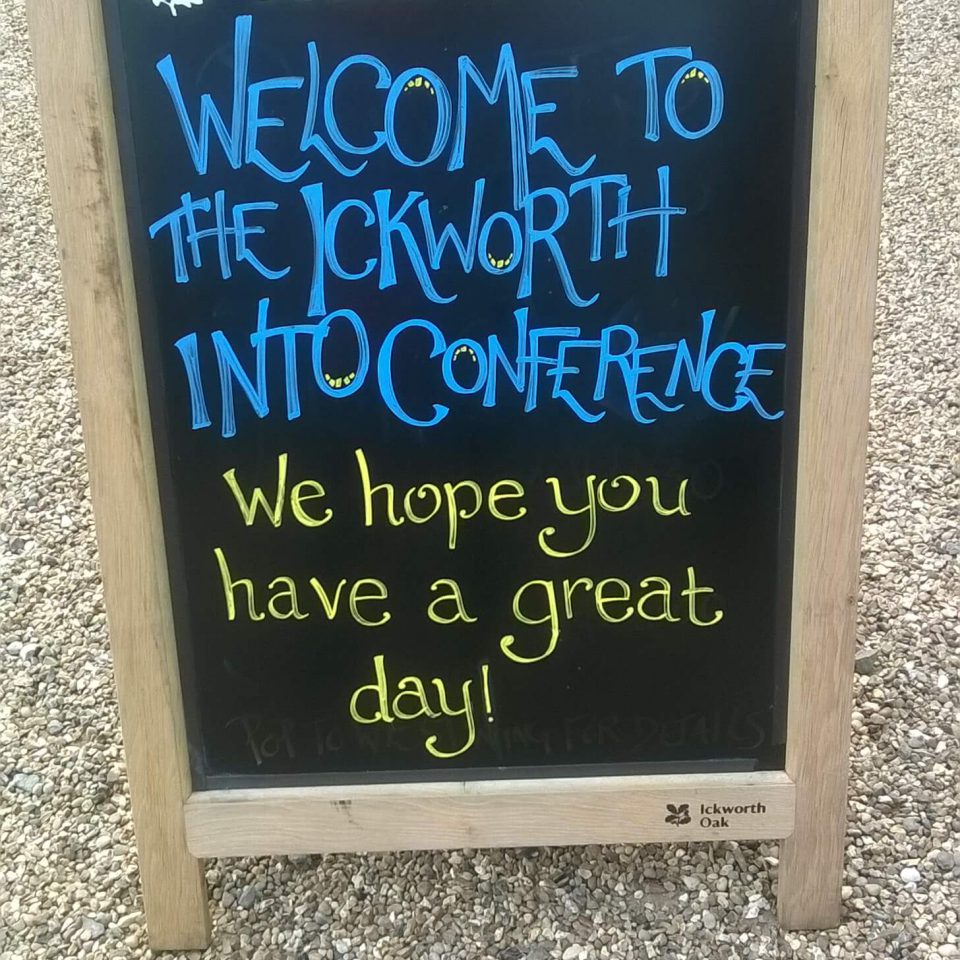
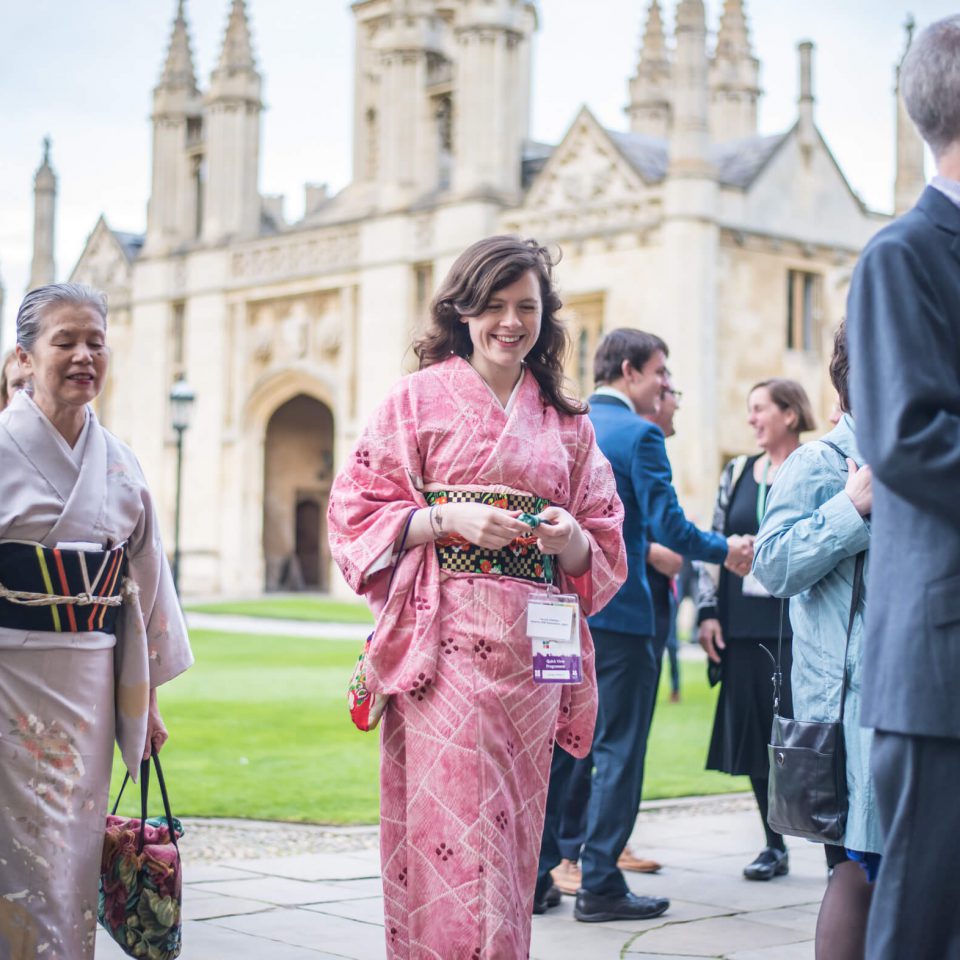
Significance lies in the present
This conference—which began in the 1970s and is now a biennial event of the International National Trusts Organisation (INTO)—is designed to showcase local responses to shared challenges of heritage conservation. I attended this year’s conference as the representative of the National Trust for Historic Preservation in the U.S. (NTHP) The local host was the National Trust of England, Wales, & Northern Ireland, the model for the U.S. National Trust when it was charted by Congress more than 65 years ago.
The opening day set the stage for discussions throughout the week. Dame Helen Ghosh—director general of the National Trust —began by reminding the delegates of the need to be open to change as we seek to conserve our heritage. Environmentalist Jonathan Porritt talked about the different priorities and approaches to heritage conservation as represented by the various organizations attending the conference.
For many of our colleagues, the work on open space protection and environmental sustainability—and not historic building conservation—is the major priority.
I picked up on the natural/cultural theme in my opening day remarks on Growing the National Trust Movement. Citing research that is helping the NTHP to reach out to a broader audience, I noted we discovered that “laypeople believe that heritage can be found everywhere—not just in special districts—and that at heart everyone is a heritage expert.” Furthermore, they understand that “natural and cultural heritage are intertwined in a continuum.” Research indicates that laypeople have a “much more multidimensional view of significance than the preservation expert would often suspect,” and people understand that significance lies in the present, not the past.
Laypeople believe that heritage can be found everywhere—not just in special districts—and that at heart everyone is a heritage expert.
Hands on learning
The mid-week sessions took the delegates out to visit four National Trust sites in Suffolk and Cambridgeshire. At each property, staff and volunteers greeted us and engaged in conversations around the three themes of the conference: growing the movement; owning and managing land and landscape; and ensuring that heritage remains relevant.
Our group began at Wimpole Estate for discussions about cultural identities in a homogenizing world. This emphasis arose from the previous INTO Conference in Entebbe, Uganda, which brought up the need for National Trusts to do a better job of recognizing intangible heritage. The National Trust of England, Wales & Northern Ireland has placed renewed emphasis on the Spirit of Place principle, which—concisely stated—is the essence of a property and part of the ethos that the organization’s staff tries to capture when managing their historic houses and countryside. Each property has a multi-layered fabric of natural environments, buildings, and vistas reflecting the economic and social life of that particular place.
The delegates brought their perspectives to the conversations of how our work reveals and shares the significance of place and ensures that their special qualities are “protected, enhanced, understood, and enjoyed by present and future generations.” The focus at NTHP on how the “period of significance is now” was raised by others as well. Discussions also focused on ways to use the past to engage with contemporary issues.
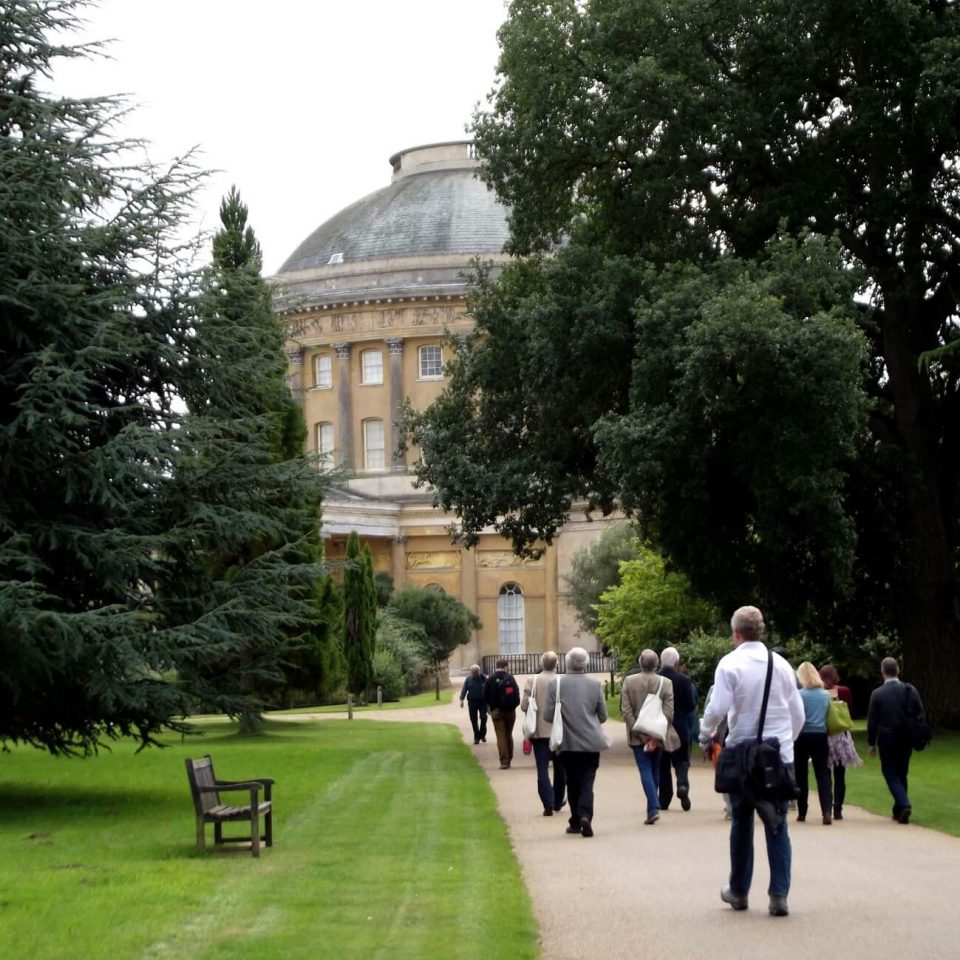
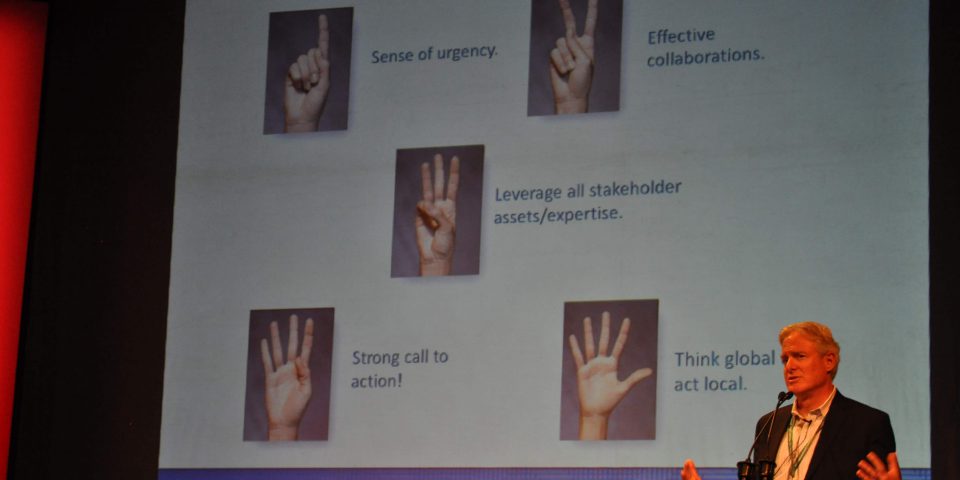
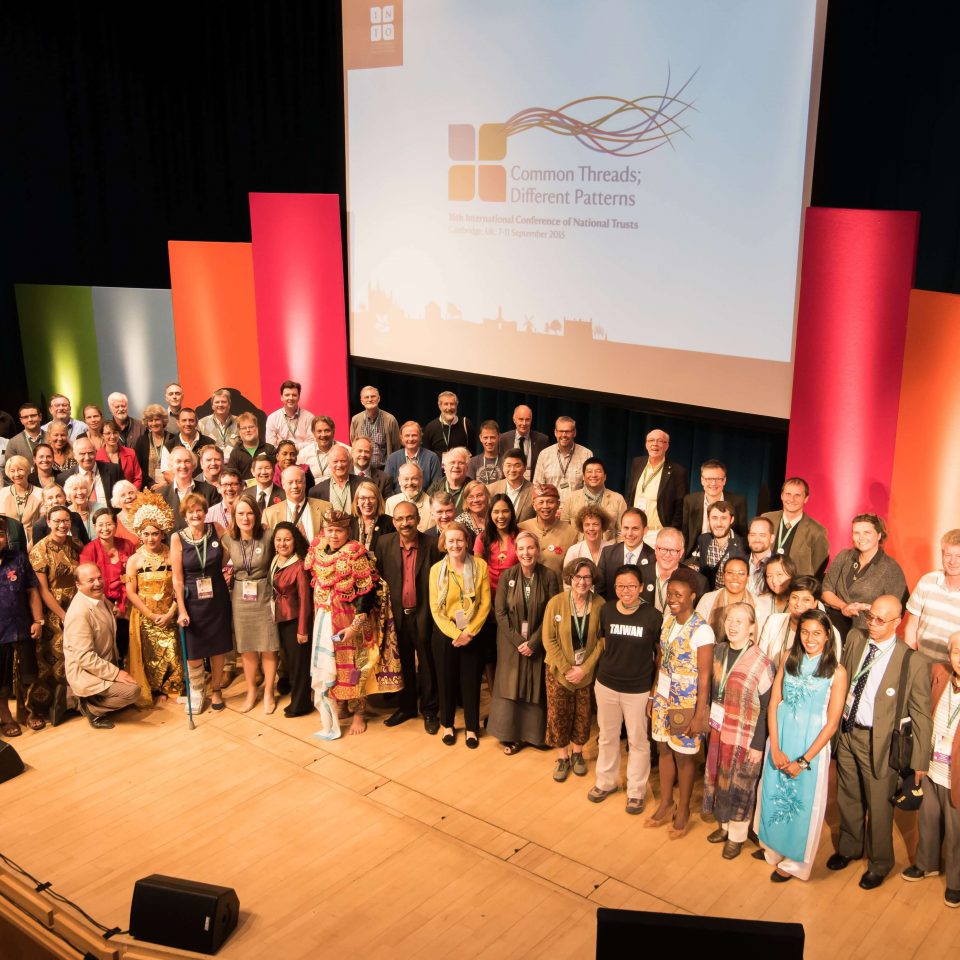
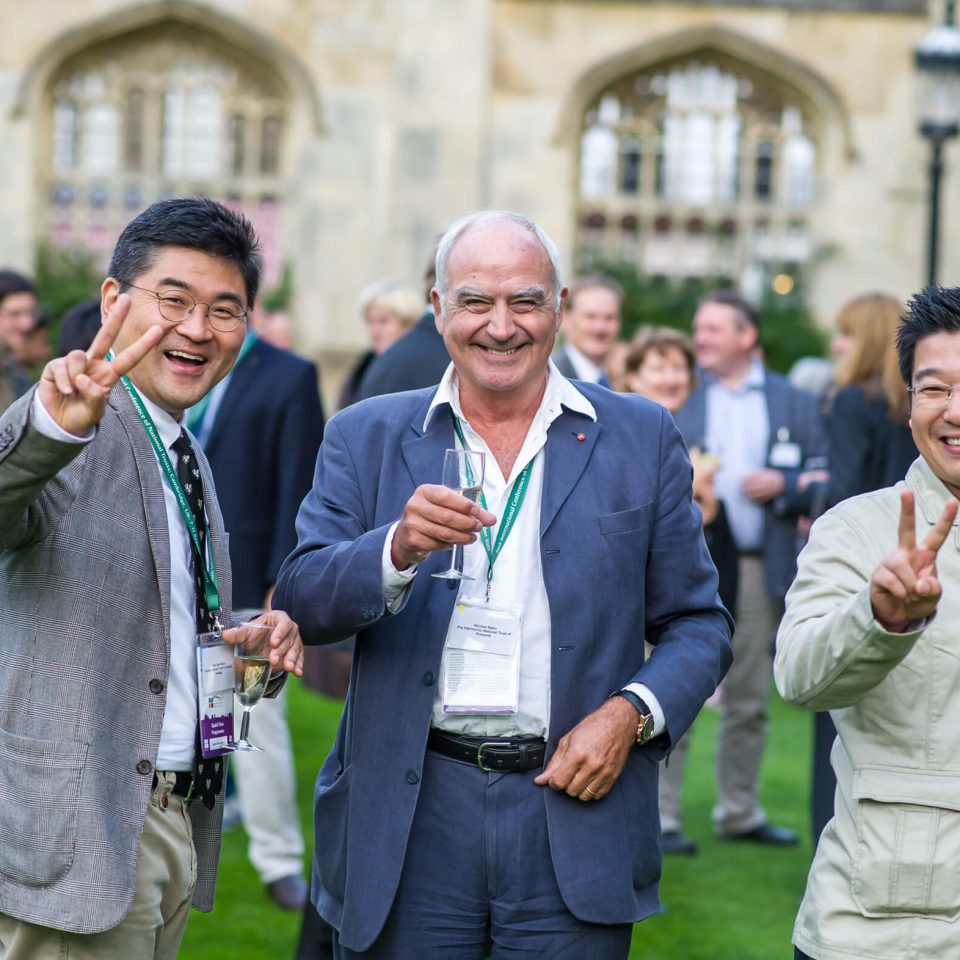
Learning from American Express
Wednesday the entire conference delegation headed to Bury St Edmunds and the restored Theatre Royal. A working theatre and National Trust site, Theatre Royal was the setting for a presentation by our Tim McClimon, President of our key conference sponsor, the American Express Foundation.
At Wicken Fen—a National Trust nature preserve—the conversations and tours focused on landscape and urban scale conservation. An ambitious project that has been created from a sense of urgency, yet operates with a 100-year time frame, Wicken Fen and the beautiful wetlands proved to be a delightful place for these discussions, led by the National Trust’s Stuart Warrington.
Friday came much too soon, as we gathered back in Cambridge for the final sessions and farewell. Barbara Erickson of the Trustees of Reservations began with an overview of the work of this Massachusetts-based organization that was a precursor—and inspiration—for the UK National Trust more than 100 years ago. The Trustees are recapturing much of their original passion for both land and heritage conservation—once again proving that sometimes we must go “back to the future” as we change in the 21st century and consider how best to conserve the continuum of natural and cultural heritage.
Five lessons learned from the American Express Foundation’s decades of support for preservation: 1) work with a sense of urgency, 2) build effective collaborations, 3) leverage all stakeholder assets and expertise, 4) include a strong call to action, and 5) think globally but act locally.
Dame Fiona Reynolds—the newly elected chair of INTO—wrapped up the conference with a call focused on the urgency of expanding our voice for heritage on the global stage at a time of great danger for many of the world’s most important historic places.
We are very grateful for the support of the American Express Foundation, the Helen Hamlyn Trust and the Headley Trust. We thank our wonderful speakers, our delegates, and the staff and volunteers of the National Trust for a “brilliant” INTO Conference!
INTO Cambridge 2015 Resources
A detailed guide to INTO Cambridge 2015
A synopsis of the main events, sessions and themes
